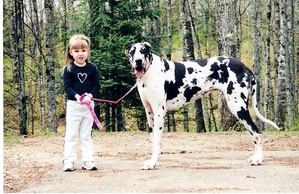There are few sure bets in the NFL or the Super Bowl. Calls are blown, favorites lose or the national anthem can be flubbed. When it comes to the biggest bets however, Super Bowl commercials are the riskiest around. But the power of a puppy is undeniable, as was clearly illustrated during this year’s championship game.
At around $4 million per 30-second commercial spot, an advertiser’s big gamble can vault their branding into the stratosphere (at least in the short term) with a winning commercial. On the other end of the spectrum, with that much money spent just on air time (and not counting production costs), heads can (and probably do) roll when a commercial misses its mark.
While it’s anyone’s guess as to what will resound with the Super Bowl audience from year to year, and in turn be fodder for water-cooler talk on Monday and go viral online (imprinting that branding, if done correctly, for days after the game), there seems to be no denying that puppies are a safe bet to at least garner the “awww” factor and vote and to keep a media buyer’s head from being kicked across the marketing department’s floor.
This year, Budweiser ...








